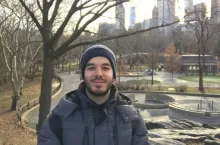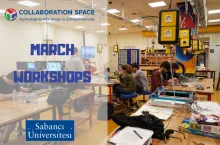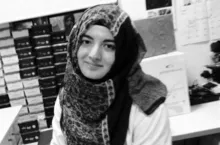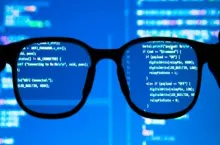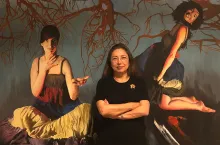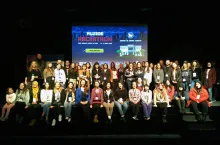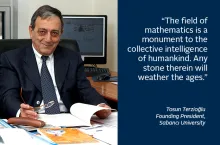07/03/2019
Graduate Eralp Şahin (CS 2017) is pursuing a master's degree on Computer Science and Engineering at the Pennsylvania State University. We asked Eralp about his graduate education choices and his advice to prospective graduate applicants.
Interview: Melek Sarı
 | Eralp Şahin, Sabancı University Faculty of Engineering and Natural Sciences Computer Science and Engineering 2017 graduate |
MS: Which university did you choose for your graduate degree? What are you working on?
EŞ: I am currently doing a master's degree on Computer Science and Engineering at the Pennsylvania State University. My subject is Programming Languages and Compilers. Before coming here, I'd only taken a couple of courses on the subject at Sabancı.
MS: Why did you choose Pennsylvania State University?
EŞ: To be honest, it's because they offered me a scholarship. I applied to eight graduate schools, which is average. I was accepted by four of those. I ultimately chose Penn State because a scholarship for a master's degree is rare. Also, the weather here isn't always hot, like in California.
“Don't underestimate yourself and hesitate to apply to good schools; you never know which ones will accept.”

MS: Can you talk about your application and acceptance process? What were the most influential factors?
EŞ: If you want to go abroad for graduate studies and do a simple internet search, you will come up with some requirements. Some of them are for screening only; for example, a good TOEFL score may be a requirement, but doesn't affect your chances of being accepted beyond a certain level. Nowadays, everyone wants to work on AI or Machine Learning in computer science. I looked up which schools did the most work in the field where I wanted to study, and applied to those schools, which I think improved my chances. The improvement in my GPA over the last years was also a great help. Important too are reference letters from your professors.
MS: Based on your experience, what advice would you give prospective graduates who plan to study abroad?
EŞ: I used to think that, because of my first years in school, it was too late for me to do a master's degree in a good school. Based on my experience, it's never too late. Don't just go after the names of schools: you will spend at least two years there. For instance, Penn State is in a small town called "State College", which is refreshingly peaceful after living in Istanbul. Finally, don't underestimate yourself and hesitate to apply to good schools; you never know which ones will accept.

